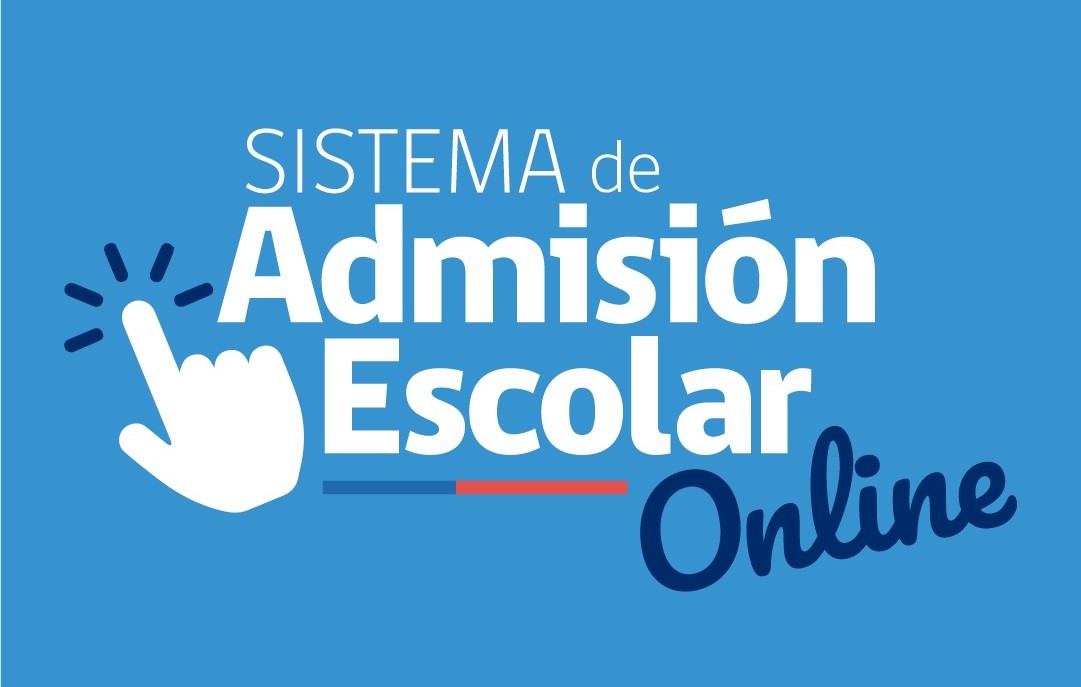
This computational algorithm was programmed and implemented by MIPP researchers José Correa and Juan Escobar, together with Rafael Epstein, an academic in Industrial Engineering from the University of Chile.
Between August and December 2016, a modern school admissions system developed by the Ministry of Education together with Industrial Engineering researchers from the University of Chile and the Millennium Institute for Market Imperfections and Public Policies (MIPP) was implemented in the Magallanes region.
The purpose of the method was to improve the efficiency and transparency of the process and equalize opportunities for parents and guardians who apply for their children to municipal and subsidized establishments.
Because it was a success, since that year thousands of families in Chile have applied to the educational establishments of their choice through this system in which families choose their school and not their schools as was the case before.
On the eve of the start of a new application process, this allocation algorithm was praised by the Ministry of Education through its social networks.
“The development and implementation of the allocation algorithm that supports the SAE has been a tremendous job. A large number of professionals and thesis students have participated in it, both from the Ministry of Education and from the University of Chile, many of whom are currently studying for doctorates at the best universities in the world”, highlights José Correa, one of the main researchers of this project.
The School Admission System (SAE) algorithm is built on the developments of scientists David Gale, Lloyd Shapley and Alvin Roth, the latter two awarded the Nobel Prize in Economics for this work in 2012.
This method relies on the participation of all relevant stakeholders. Schools actively inform parents about the various aspects of their educational programs and their vacancies. After accessing this information (in person or through the web platform designed by the Ministry of Education), the parents declare a list of preferences of the schools in which they wish to enroll their children.
The algorithm will try to get the child accepted into the school of her highest preference to the extent that there are places available. In other words, what the School Admission System does is that, if the parent considered ten schools on her preference list, it will try to put the child in first preference. If he cannot, in the second preference, but in the third and so on up to the tenth option.
In the case of schools with limited vacancies because their places are highly desired, the system prioritizes applicants who meet any of the priority criteria defined in the School Inclusion Law and uses chance to break the tie among the rest of the applicants.
Finally, the assignment is made based on the preferences declared by the families and, thanks to a sophisticated computer algorithm, it considers a random component when there are more applicants than vacancies.
“The first-order strength is that the algorithm tries to put students in the schools preferred by the parents. When it is not possible, chance is used to eliminate arbitrary discrimination,” the MIPP researcher and academic at the University of Chile, José Correa, told El Mostrador.
Allocation mechanisms such as this are used in various countries around the world, highlighting the cases of the US (Boston and New York, among others), the Netherlands and Finland. In each case, the “Deferred Acceptance” (DA) algorithm must solve local demands that make each implementation unique and interesting. In Chile, for example, the law establishes priority criteria for applicants, so the allocation algorithm must give priority to siblings and children of civil servants, as well as those students considered a priority due to their socioeconomic situation.
This assignment algorithm has three advantages that make it a favorite in academia and also in the real world:
In scientific terms, it is said that this system is “strategy-proof”, which for its researchers is very valuable, since, otherwise, families with more resources could receive advice to improve their chances. A practice that violates the principle of equal opportunities.
MIPP Chile 2024